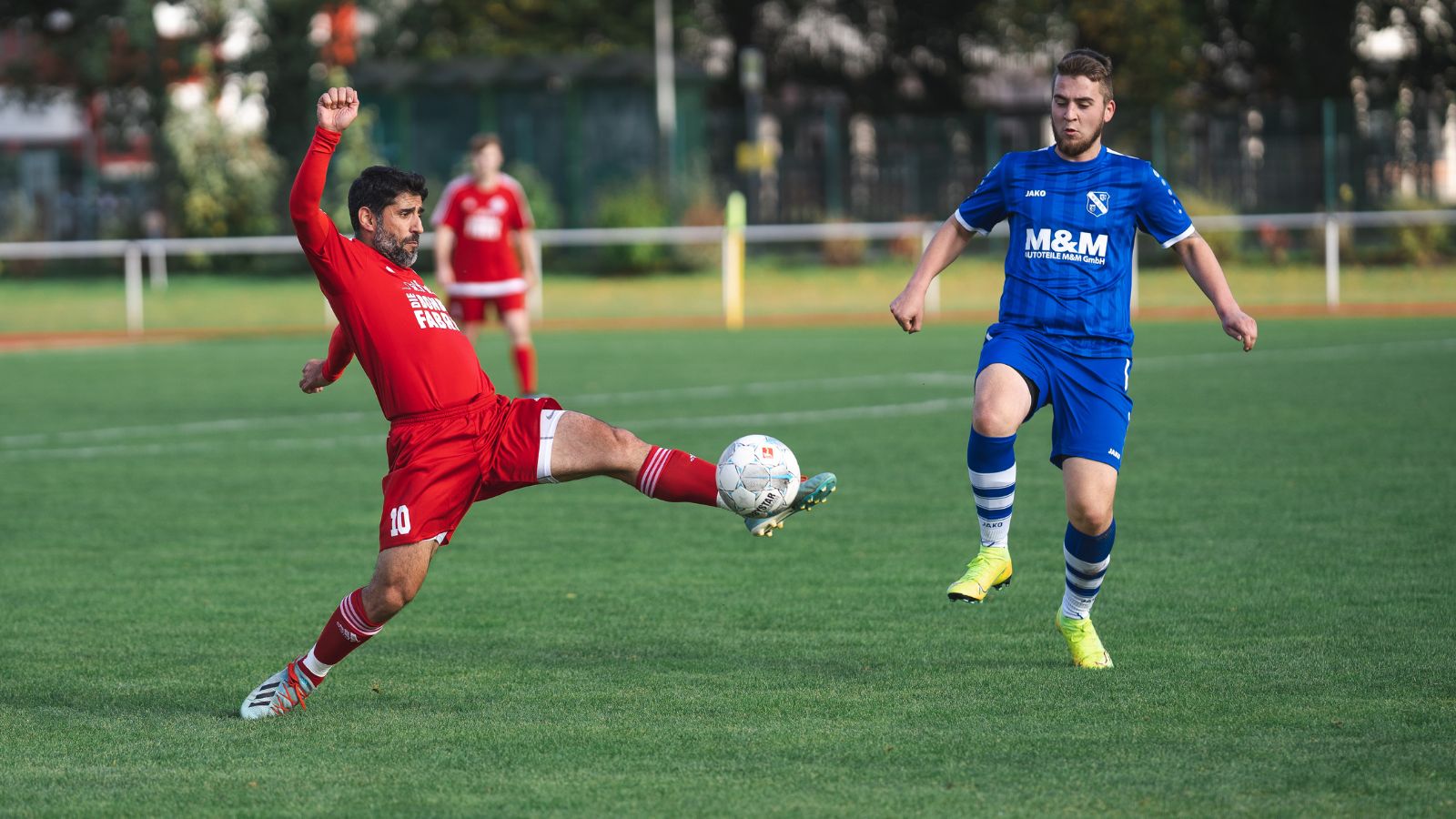The Secret Weapon: How Throw-In Coaches Are Changing Modern Football Tactics
Football is constantly evolving, with coaches always looking for an edge. Throw-ins, once a simple part of the game, are now being revolutionized by specialized throw-in coaches. These experts are turning throw-ins into powerful tactical tools that can change the course of a match. Just like football predictions, where every detail counts, throw-in coaches are showing how even the smallest aspects of the game can have a big impact. As more teams adopt this approach, throw-ins are becoming a key part of modern tactics. This goes to show that no aspect of the game is too small to matter.
The Rise of the Throw-In Coach
Throw-ins were once seen as a simple way to restart play, with little focus on strategy. That changed in 2018 when Liverpool hired Danish throw-in coach Thomas Grønnemark.
He showed how throw-ins could be used to keep possession, create chances, and unsettle opponents.
Grønnemark’s approach focuses on three key areas. These include throwing farther, improving accuracy, and adding tactical creativity. His methods helped Liverpool hold onto the ball better during throw-ins. This gave them an edge in games and contributed to their success.
Why Throw-Ins Matter
Throw-ins happen about 40-50 times in a match, but nearly half lead to losing the ball. For teams that value control, this is a big problem.
By improving throw-ins, teams can keep possession, create space, and catch defenders off guard. A well-practiced throw-in can even act like a set piece, which sets up goals or crucial plays.
Techniques and Innovations
- Throw-in coaches teach players to throw farther by improving their technique and core strength. This helps teams target specific areas on the field.
- Coaches also focus on quick thinking and tactics, training players to spot open spaces or create gaps in the defense. Teams sometimes use synchronized movements to confuse opponents and create opportunities.
- New throw-in strategies are becoming popular too. Players might use fake runs to distract defenders or hide where they plan to throw. These small improvements can make a big difference in important matches.
Success Stories from the Pitch
Liverpool’s success with Thomas Grønnemark shows how valuable a throw-in coach can be. Before he joined, they struggled to keep possession from throw-ins. Within a year, they became one of the best in the league, using throw-ins to keep the ball and create chances.
Other teams like Brentford, Ajax, and RB Leipzig are following suit. Brentford, known for using data in their strategies, treats throw-ins as a key part of their game plan.
Even national teams are taking notice. Denmark has used advanced throw-in techniques to improve their performance in recent tournaments.
Criticism and Controversy
The idea of having a throw-in coach isn’t without critics. Some think it’s a waste of time in a game with so many other factors, while others see it as making a simple part of football too complicated.
Supporters argue that football is all about perfecting every detail. Just like goalkeeping coaches or data analysts, throw-in coaches focus on an area that can give teams an advantage.
The Role of Biomechanics in Throw-Ins
Throw-in coaching goes beyond throwing the ball farther—it’s a science. It focuses on how the body generates force to improve distance and accuracy. Coaches help players improve posture, core strength, and arm movement while following FIFA’s rules.
Experts often use motion-capture technology to study throwing techniques. This helps spot issues like poor foot placement or weak shoulder use. Fixing these problems gives players an edge.
A key method is the “wind-up” technique, where players use their whole body for power, not just their arms. Exercises like stretches and strength training also boost throw-in performance and reduce injury risks.
As football evolves, throw-ins could become even more precise and powerful, similar to free kicks. This shows how every detail in football matters in the quest for success.
How Throw-Ins Disrupt Defensive Systems
Throw-ins, when used well, can cause problems for defenders. Teams use them to spread out the field, break down defensive structures, and make the opponent make mistakes. This is especially useful in the attacking area, where a long throw can be as dangerous as a corner kick.
One key tactic is targeting weak spots in the defense. This refers to areas where defenders aren’t as organized, such as near the sideline or outside the penalty box. Throw-in coaches teach players to spot these openings.
Another tactic is using decoy movements to confuse defenders. They do this by pulling them out of position and creating space for teammates. This works well against zonal marking, where defenders cover space instead of following players.
Throw-ins can also speed up the game. A quick throw catches defenders off-guard, leading to fast breaks. This requires good communication between the thrower and teammates.
Throw-Ins and Psychological Warfare
Throw-ins can affect both teams mentally, not just physically. Skilled throw-in specialists pressure opponents, making defenders stay alert and often lose focus.
The unpredictability of throw-ins keeps the other team guessing, which can tire defenders. This is especially true when long throw-ins are launched into the box, causing defenders to panic. A small mistake, like a bad clearance, can lead to a goal.
For the attacking team, successful throw-ins boost their confidence and momentum. This can frustrate the defense and lead to mistakes, like fouls or poor tackles. This way, coaches give their team an advantage and make the game harder for their opponents.
The Cultural Impact of Throw-In Coaches
Throw-in coaches are changing how football is played and viewed. What was once seen as a minor part of the game is now getting serious attention. Players, fans, and experts are starting to realize how important throw-ins can be.
Throw-in coaching shows how football is all about the small details. Fans now celebrate a good throw-in just like they would a great pass or tackle.
Cool throw-in clips are even going viral on social media, showing off this often-overlooked skill.
For players, being good at throw-ins is becoming a valuable skill. Players like Rory Delap, known for his long throws, are seen as trailblazers. Today’s players know that throw-ins can help them make a big impact.
Even in youth football, throw-ins are getting more focus. Coaches are teaching kids the right way to do throw-ins, making sure they see how important this skill is.This shift shows how football keeps evolving, with even the smallest details making a big difference.
The Future of Throw-In Tactics
More teams are starting to see the value of throw-in coaches, and their use is likely to grow. As teams focus on small improvements, throw-ins are no longer ignored. Young players are now learning advanced throw-in techniques early on, making these skills second nature.
Technology could also help improve throw-in strategies. Tools like motion tracking and video analysis can help coaches spot patterns and refine their tactics. Teams might even use data to predict the best throw-in moves based on their opponents.



